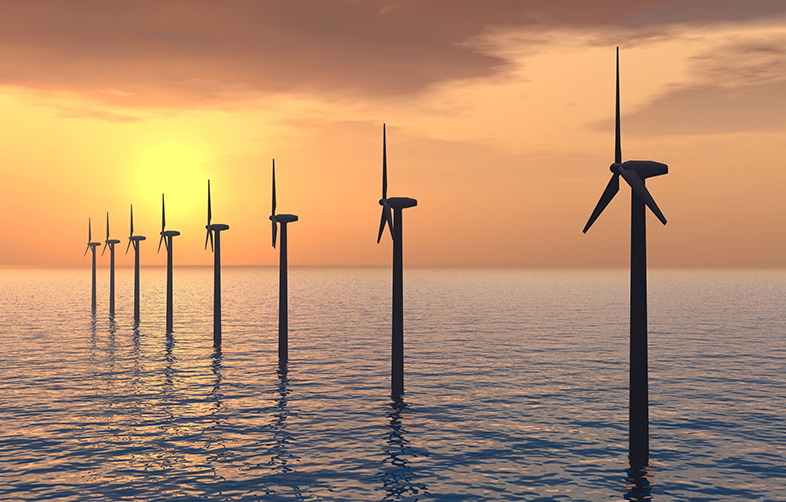8 Hydro as a component of a power system
Few large power stations operate in isolation, and the extent to which a proposed plant can form a useful part of a supply system is important with the ideal power station characteristics being:
- constant availability
- a reserve energy store to buffer variations in input
- no correlation in input variations between power stations
- rapid response to changing demand
- an input which matches annual variation in demand
- no sudden or unpredictable changes in input
- a location which does not require long transmission lines.
Few, if any, sources meet all these criteria, but each compromise with the ideal adds to the effective cost
Almost all hydroelectric plants score well on item 4, and in regions with cold, dark, wet winters, on item 5 as well – unless the water is locked up as ice. Furthermore, sudden unplanned fluctuations in input (item 6) are rare, at least in large plants.
How well hydro performs on items 1, 2 and 3 depends in part on the type of plant. A high-head installation with a large reservoir will normally have little difficulty in maintaining its output over a dry period, whereas the water held behind the low dam of a run-of-river plant may not be sufficient to compensate for periods of reduced flow. A serious drought can of course affect all hydro plant over a wide region, so it cannot be said fully to satisfy the third requirement.
Overall, hydroelectricity ranks reasonably well in terms of the above criteria. And it may also offer a bonus. A hydro plant with a large reservoir not only maintains its own reserve of energy – it might, as we have seen earlier, provide a store for the surplus output of other power stations.
But does hydroelectricity impact the environment? And if so, in what ways? You will look at that next.
